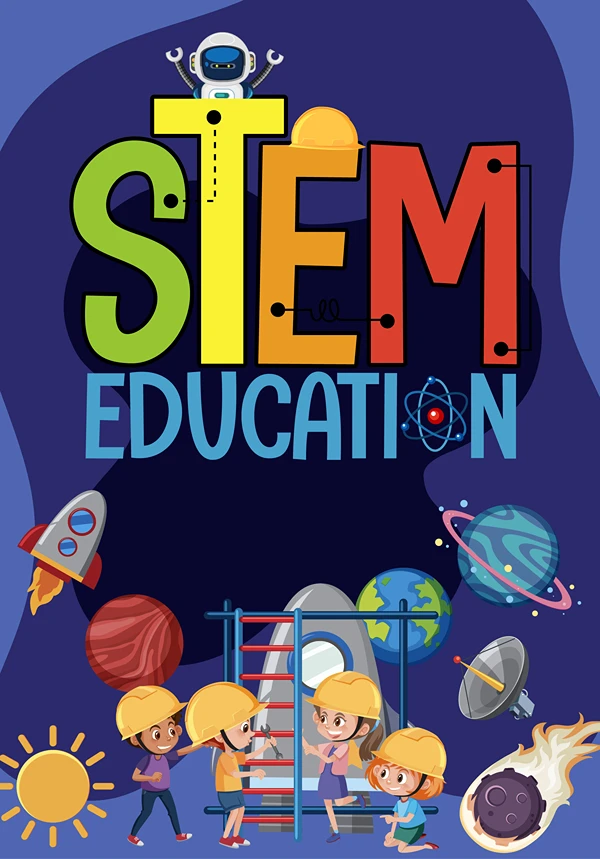How Homeschooling Parents Can Tackle Common Middle-School Math Challenges
Middle school math can be hard for kids, and even more so for those who learn at home. Problems with algebra, fractions, or word questions can be very big issues. Luckily, there are a lot of ways that parents and tutors who teach at home can use to help these kids do well.
In light of the usual math problems in middle school, here are real ways that can make students do better and feel sure about their math skills.
1. Building Strong Foundations in Math
A big challenge for kids in middle school is to build on what they learned in elementary school. Gaps in basic math concepts—such as multiplication, division, or fractions—can make advanced topics harder to grasp. Without a good grip on these basics, kids might find it tough as they go on.
Solution: To close these gaps, homeschooling parents need to go back to these main lessons. Begin by going over simple things such as addition, subtraction, multiplication, and division before moving to harder stuff like algebra. Taking big problems and breaking them down into small, easy steps can help kids feel sure and get better at it. Try these math resources for middle-school students to help your child get better at difficult concepts.
There are a lot of math tools for middle-school kids that offer clear explanations and plenty of practice. These tools can make sure kids know basic skills well and help them move smoothly to tougher topics.
2. Understanding Algebra and Equations
When kids get to middle school, algebra becomes a key focus. Moving from simple math to algebra can be hard for many kids. Things like variables, and equations, and solving them may feel like big, abstract concepts that are tough to get.
Solution: To teach algebra well, start by introducing variables “unknowns” and use real-life stories to help kids connect. For example, you could show a variable as a secret number in a math story. Tools like balance scales for showing equations can also make algebra feel more real.
Also, math tools that let kids practice solving equations can aid them as they learn more about algebra ideas.
3. Tackling Word Problems
Word problems often make middle-school kids feel bad because they need both math know-how and the skill to get what real-life things mean. Kids might not get what the problem means or how to turn it into a math formula.
Solution: Encourage students to break down word problems into smaller parts. Start by identifying the key pieces of information, writing them down, and then determining what the problem is asking. Practicing simpler word problems before moving on to more complex ones helps build confidence.
Giving middle schoolers different math tools that have many word problems lets them work on these skills in a set way, making them feel better as they move forward.
4. Fraction and Decimal Challenges
Kids in middle school often find it hard to work with fractions and decimals. When they add, take away, multiply, or split fractions, they need to know the steps well and use them in real-life problems.
Solution: It’s essential to teach students the relationship between fractions, decimals, and percentages. Visual aids, like pie charts or number lines, can help students grasp these concepts more easily. Be sure to review key operations, such as finding common denominators for fraction addition or understanding how to convert between fractions and decimals.
Using math resources that provide practice problems focusing on fractions and decimals can help students develop a stronger understanding of these concepts and improve their skills.
5. Math Anxiety and Building Confidence
Math anxiety is a common challenge for middle-school students, and it can have a significant impact on their ability to succeed in the subject. Fear of making mistakes or not understanding the material can make students reluctant to engage with math at all.
Solution: Create a supportive, positive learning environment where mistakes are seen as opportunities for learning. Praise the effort your student puts into solving problems, rather than just focusing on the right answer. Providing plenty of opportunities for practice in a low-pressure setting helps reduce anxiety and builds confidence.
Incorporating fun, interactive activities like math games can also make the learning process more enjoyable and less stressful. This approach helps students see that learning math doesn’t have to be intimidating.
6. Making Math Relevant and Engaging
For many middle-school students, math can feel disconnected from their everyday lives. They may struggle to see how the concepts they’re learning will be useful outside of the classroom. This lack of relevance can lead to disinterest and frustration.
Solution: One way to make math more engaging is to incorporate real-world applications into lessons. You can use examples from shopping, cooking, or budgeting to teach fractions, percentages, and basic arithmetic. Showing how math is used in professions like engineering or architecture can also help students see the value of what they’re learning.
Many math resources for middle-school students include practical, real-life scenarios to help students make these connections. When math is taught in ways that relate to their interests and daily lives, students are more likely to engage and succeed.
Conclusion
Middle-school math can be hard, but there are many ways that homeschooling moms, dads, and tutors can help kids get better at it. Going back over basic ideas, making algebra easier to get, simplifying word problems, and using pictures can help kids understand math more. With math aids for middle-school kids, moms, dads, and tutors can give kids what they need to do well, feel sure, and beat math worries.









